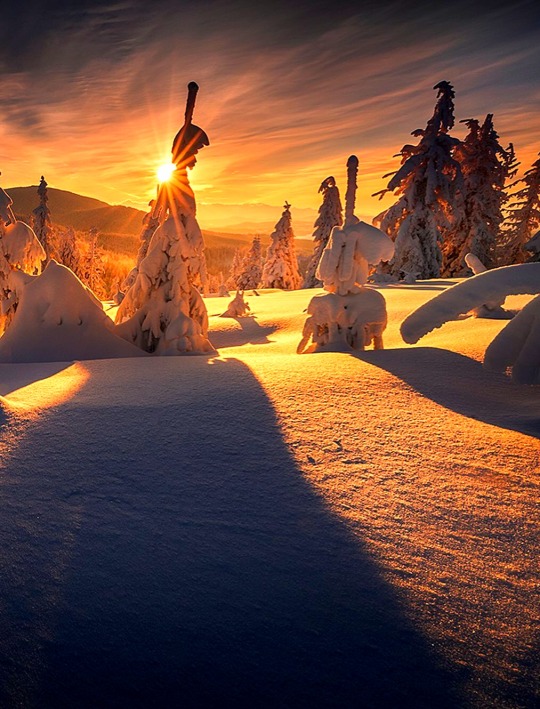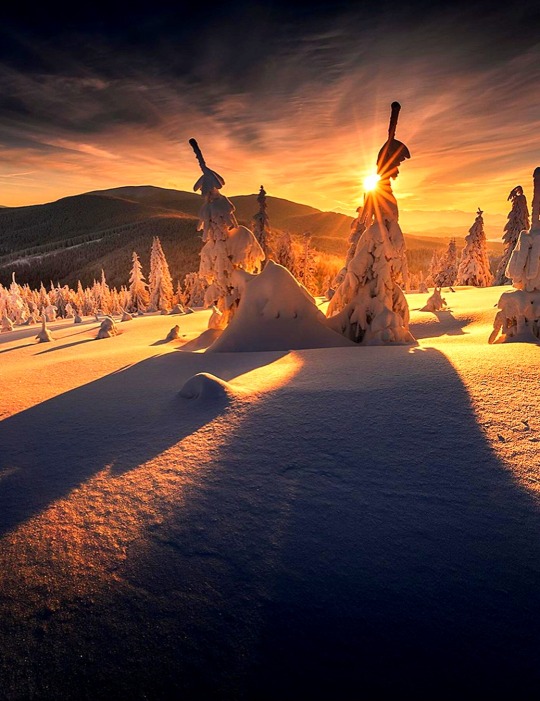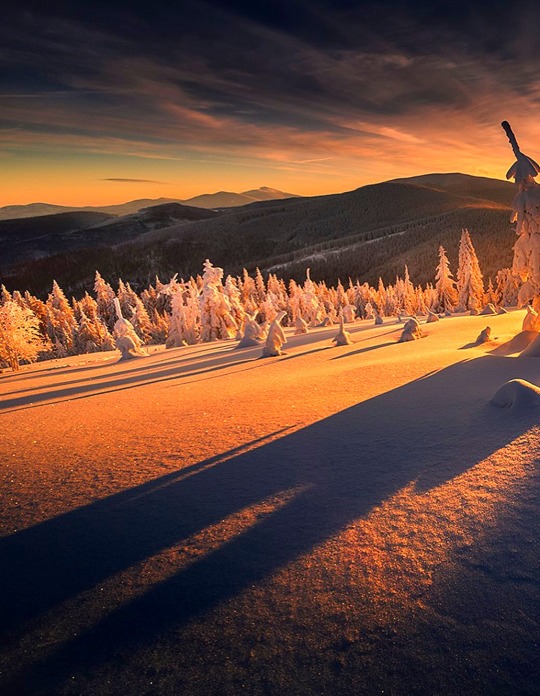#Beskid Żywiecki
Explore tagged Tumblr posts
Text
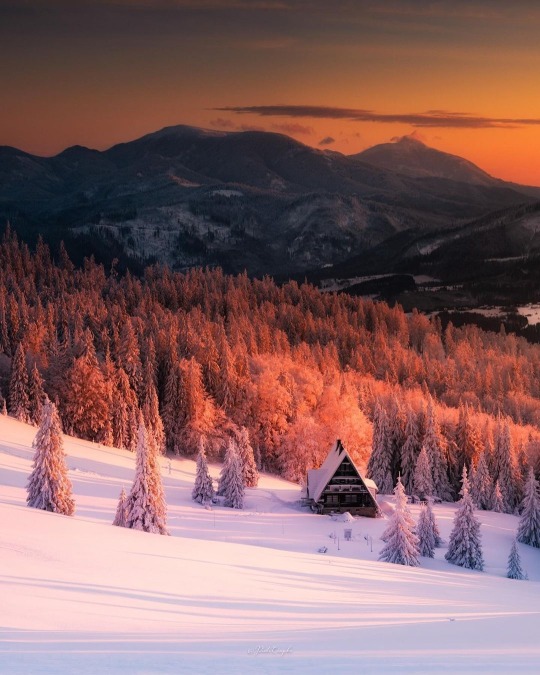
Żywiec Beskids, Poland by Piotr Ciupka
#hala rycerzowa#beskid żywiecki#poland#travel#mountains#beskids#żywiec beskids#carpathians#tourist#wanderlust#europe#nature#tourism#landscape#snow#snowy#winter#wintercore#explore#naturecore
286 notes
·
View notes
Text
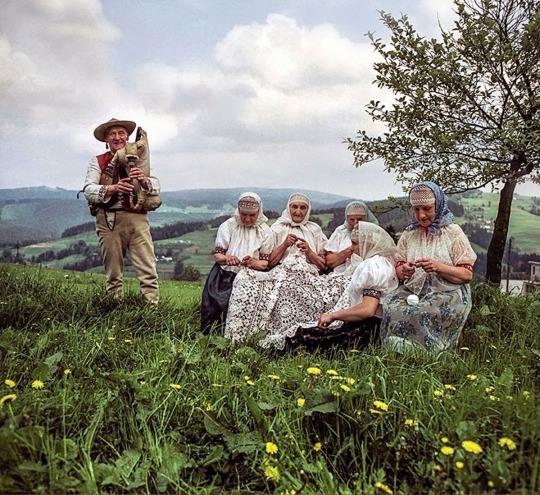
The lacemakers of Koniaków, a circle of village matrons at work in the mountains, with a view of the Beskid range in the background, and a mountaineer from the Beskid Żywiecki region playing the bagpipes, 1977.
Photo.: Woody Ochnio/Forum
Koniaków, a village in the Beskid mountain range in the South-West of Poland is the home of a regional speciality nowadays famous the world over. The items of crocheted lace incite the awe of ethnographers, who call them a "world represented through talented hands”. The skilled crochet hook operators apply their imagination and sense of beauty and choose from a series of some 2200 patterns to convey the world that surrounds them. Gąsiorki (duckies), strupki (crusties), skrzydełka (little wings), kaczeńce (buttercups), and niezapominajki (forget-me-nots) - these are all names of the various stiches that build up whole works of art, both big and small. There are delicate and ornate napkins, crocheted coifs, white and creamy little round roses, liturgical lace, and caps. There are also items dictated by fashion and the market’s needs - collars, gloves, cupboard covers, wedding gowns, as well as earrings, cuff links, lampshades and screens.
The Koniaków village is situated right by the meeting point of Poland’s borders with the Czech Republic and Slovakia. The local artists, all of whom are women, reiterate that without crocheting, there would be no life. Their workshop is contained within a kiśnicka, a little wooden box which keeps the essential items passed on through generations of lace makers. Inside, there is a crochet hook, as well as thread, ready decorative motifs, and the one thing that is most important to the crocheters - eye glasses. All the remaining gear - that is, thousands of crochet patterns, traditional motifs and compositions are all contained in the artisan’s minds and imaginations.
The folk artists are constantly searching for ways in which to adapt traditional ornamentation to fashionable, contemporary forms. This search once resulted in the creation of crocheted lace g-strings, an item which proved controversial as it divided the community. In a talk with Culture.pl, Barbara Juroszek, from the Regional Cultural Centre, commented.
Some said that it’s a disgrace that the same lace that decorated altars and stoles would now decorate… well, something else. Others set themselves to work, creating a collection of women’s and men’s underwear, and the whole scandal basically won this local speciality some major publicity.
Another famous moment came with a 5-metre spread, which made it to the Guinness Book of Records. It took more than 5 months to make, weighed 5kg and used up 50 kilometres of thread. The thousands of elements which were joined together were later presented at the International Crochet Festival in Lepoglava, Croatia. Today's lace experts also shows no hesitation when pointing to the most talented and innovative crochet maker of modern times. It’s Beata Legierska, who has raised heklowanie to the height of high art, and has no equals when it comes to the meticulous precision of her work. She has been creating crochet laces from the age of 6, and has two generations of lacemakers behind her. Beata Legierska has also presented her work at a great many exhibitions in the Czech Republic, Germany, France, Romania and Switzerland.
Source: The World in Talented Hands: Koniaków Crocheted Lace on CULTURE.PL
#Koniaków#Poland#ancestors alive!#what is remembered lives#memory & spirit of place#ancient ways#folkways#love#life#traditions#past times#Beskid Żywiecki#Woody Ochnio/Forum#Photograph#1977#lace#crochet#lace makers#folk artists#The World in Talented Hands: Koniaków Crocheted Lace#CULTURE.PL
2 notes
·
View notes
Text
Beskidy/ Słonecznie i ciepło w górach; dobre warunki na szlakach
Goprowcy poinformowali w środę, że warunki na szlakach turystycznych w Beskidach są dobre. W górach rano było ciepło i słonecznie. W ciągu dnia temperatura może osiągnąć 28 stopni. Turyści powinni zatem pamiętać o nakryciach głowy i zapasie płynów. Continue reading Beskidy/ Słonecznie i ciepło w górach; dobre warunki na szlakach
0 notes
Text






Beskid Żywiecki, Carpathian Mountains (December 2024)
13 notes
·
View notes
Text

Frozen River, Beskid Żywiecki, Poland
By Kuba Szymik

#kuba szymik#photographer#frozen river#river#beskid zywiecki#poland#winter#snow#forest#nature#landscape#flickr
47 notes
·
View notes
Text
Some pics from my latest trip to Beskid Żywiecki. We wanted to see a nice sunrise, but the weather (the fog in particular) ruined our plans. It was a fun trip nonetheless :)
as usual, more on my insta
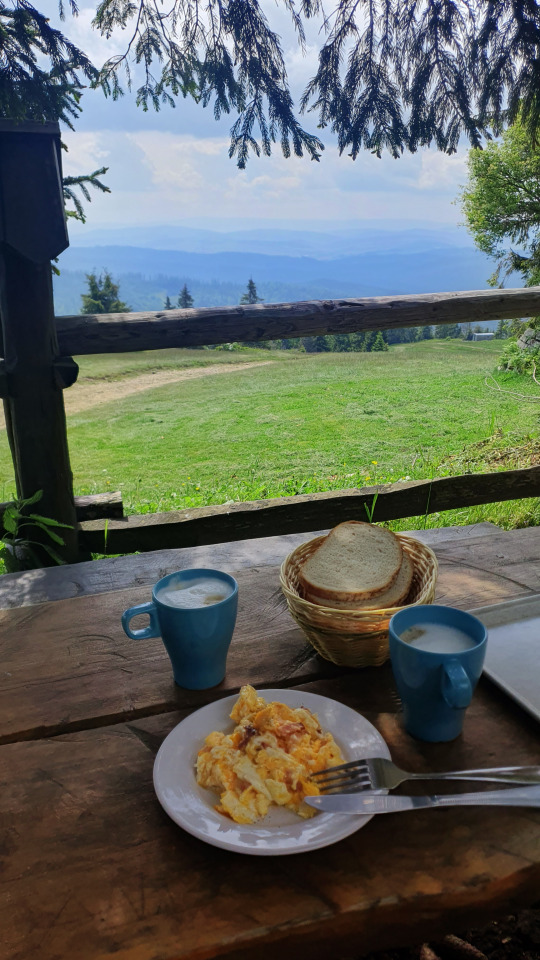

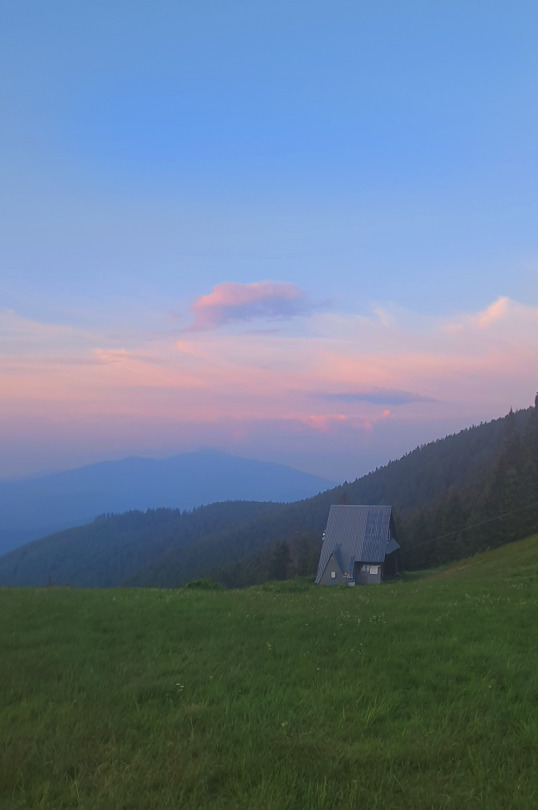
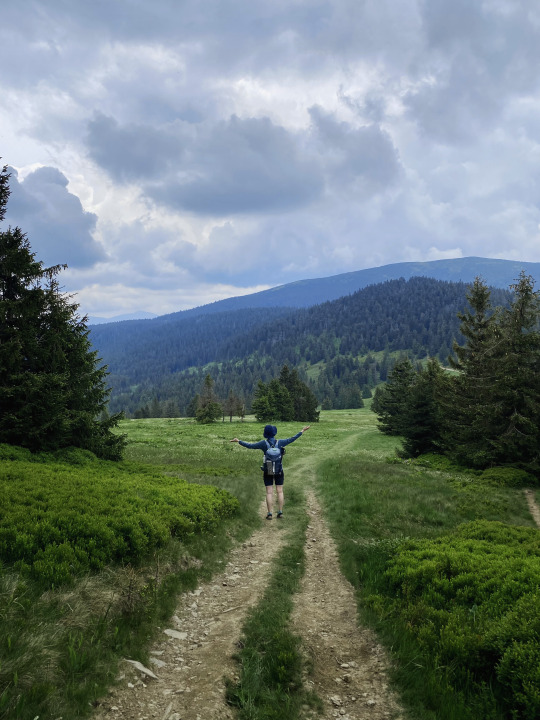
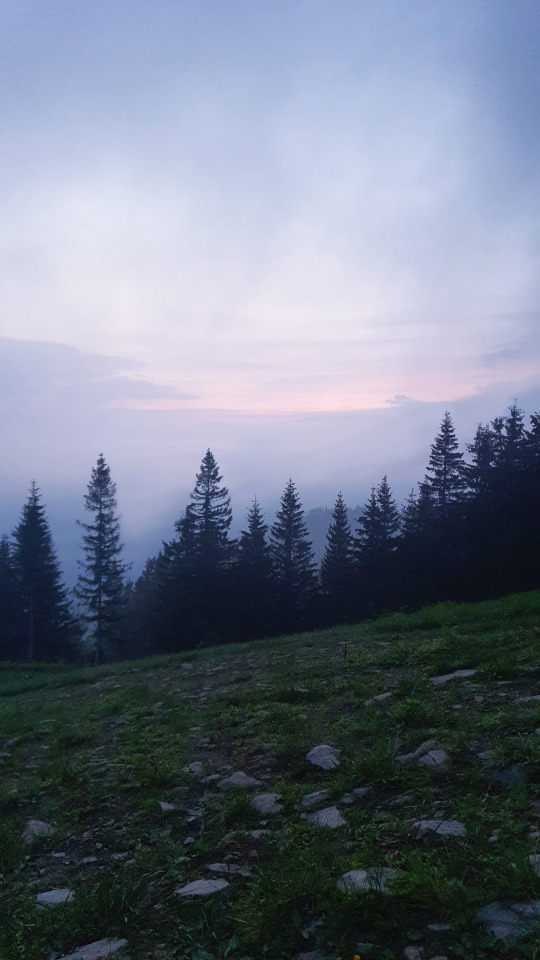
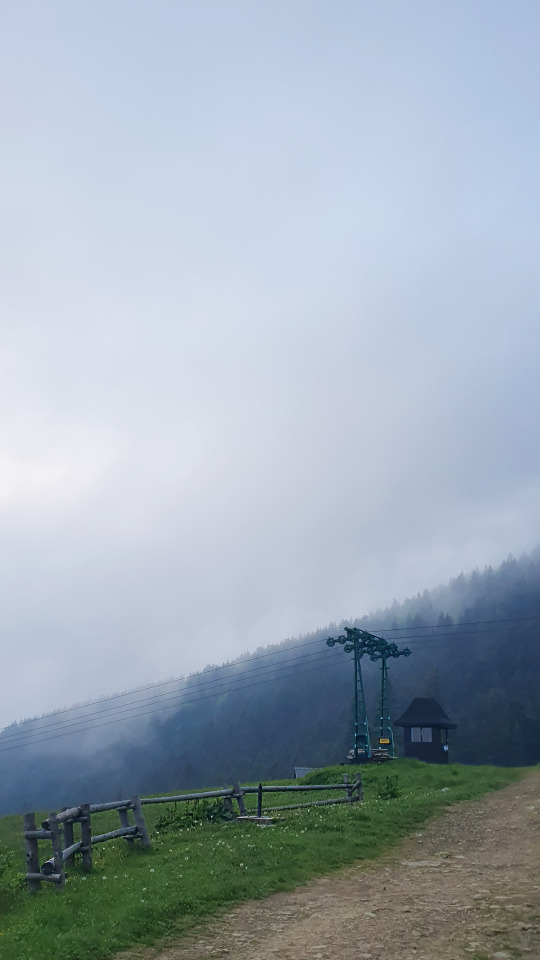
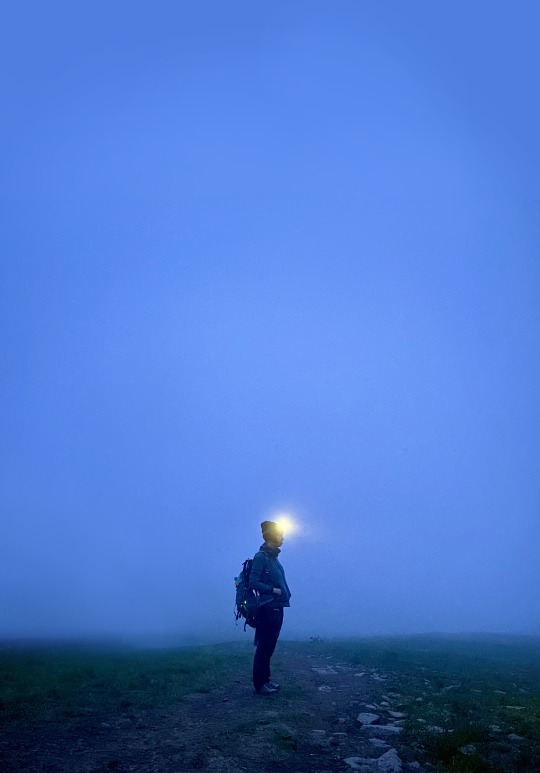

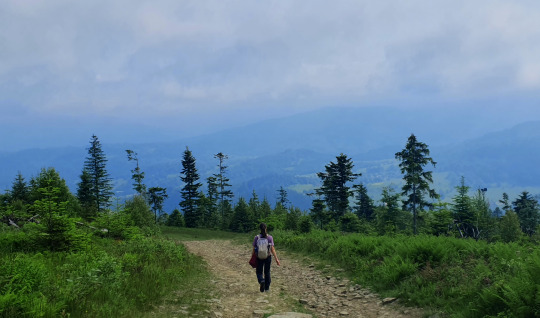
113 notes
·
View notes
Text

Nawet nie jestem ze wschodu (Beskid Żywiecki gang), ale. WINCYJ RZECZOWNIKÓW, POLAK WYTRZYMA. Myślę, że to piękne, że Polacy mają na wszystko słowo, nawet jeżeli rzadko używane. Dodaje smaku krzyżówką i można się fleksować na jankesach. A jeżeli można to zrobić z okazji homoseksualizmu państwowego to jeszcze lepiej
Szanse na wprowadzenie związków partnerskich (co prawda nie małżeństwa, ale jednak) są niezerowe, więc puszczam ankietę. Najwyższa pora jeszcze bardziej skomplikować polski język
172 notes
·
View notes
Text
Tatra Cave Dogs and Other Cave Dog Myths in Eastern Europe
Tomasz Pietrzak vel Quatl
(April 2008, no. 17)
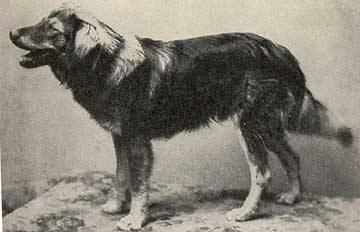
Cave dogs are mythical creatures reported by Polish (and other eastern European) speleologists. Some people suspect that the mysterious Tatra, Poland, cave dogs are feral dogs that run among the peaks at night, and only stay in caves during the day. This may be the reason why few people see them, and how the legend came into being. The myths refer to spirit animals that attack and bite humans who spend time in the caves. Other legendary dogs, called "cave dachshunds," reportedly exist in Polish caves. These small dogs jerk the overalls of speleologists for scraps, especially while they crawl through tight tunnels. These invisible cave dogs supposedly pester people who explore their cave dens. Reports about cave dogs were figured to be the product of human imagination. However in Bulgaria, in Bezdenen Pczelin cave, a group of Polish speleologists found some half-blind feral dogs that showed little reaction to light. These Bulgarian cave dogs were left by bad people in caves, and have adapted to living in dark caves and lost their sight. Zoologists and zootechnicians also detected some negative morphological changes in body and head structure. Sojourning in a cold and moist environment with a monotonous and poor diet brought further degeneracy.
A. Radomski i K. Grotowski (Polish speleologist) also found strange dogs in Kuczeszka Pasztera cave in the 1960s, and dogs are reported to live in other caves in Bulgaria. Some stories are about dogs that lived in caves long ago. The oldest people heard about them from their fathers and grandfathers. People did not see these dogs but sometimes heard them when they threw dead goats, cows, or other animals over a precipice—cave dogs then fed on these animals.
An expedition from Slovakia left for Tatra in 2001 to search for its mythical cave dog. Unfortunately they did not find anything. It is possible there are some feral dogs living there, apart from normal dogs. In the western part of the Tatra Mountains are found many caves and remainders from karsic activities. Nowadays, caves dogs are considered only legends connected with activities of speleologists.
The true cave dogs are not a distinct wild dog, but a feral breed of domestic dog living in Bulgarian caves and fissures and similar places in the world, adapting to life in cold and dark places. Once other forms of cave dogs existed—the Primitive Cave Dog (Canis lupus [Canis spp.]). These animals were characterized by considerable sizes, strong body structure, and with a developed instinct of defense of their hideouts. This behavioral feature clearly separated it from smaller canids that were rather cowardly, along with their aggressive defense of prey from larger predators. These animals were the ancestors of modern domestic dogs and lived with the first people about 10,000 years ago. The first domestic dogs were similar to dingoes and come from wolves.
There are a few recent reports of cave dogs throughout the mountainous regions in Poland. Some accounts came as recently as 2007, in the southern regions of Stary Sącz, in the Dunajec and Poprad range in the Sądecki Beskid mountains, and Żywiec in the Żywiecki Beskid mountains, from Slovak speleologist, Jano Ducár, who before coming back to Lomnice na vlak, saw a dog leaving a wide hole among the rocks in the cavern. He was told that "čierny pes" is not a problem for speleologists because their caves are spacious and large—the dogs living there have many places to hide. This was, perhaps, the mysterious feral cave dog (Canis lupus familiaris)—a descendant of normal domestic dogs.
Published Sources:
Przemysław Burchard. Na dno świata. Cytelnik 1961. Warszawa. Edition 1. Pages: 78-82
Praca zbiorowa pod redakcją Władysława Szafera. Tatrzański Park Narodowy. ZOP. Kraków 1955.
1 note
·
View note
Photo

Beskid Żywiecki 🏔️ Magura Radziechowska ⛰️😎 #beskidy #beskidzywiecki #magurkaradziechowska #ostre #muronka #cebula #jaworzynka (v místě Magurka Radziechowska) https://www.instagram.com/p/CqQdkSwoLBn/?igshid=NGJjMDIxMWI=
0 notes
Text
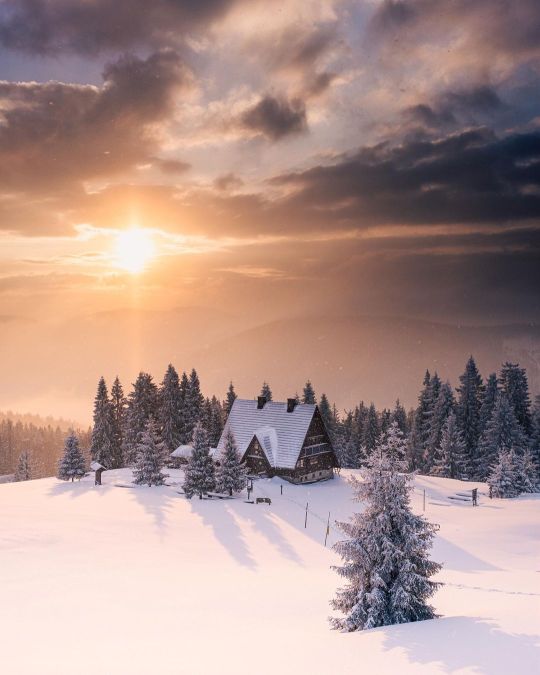
Western Beskids, Poland by Karol Bartnik
#beskidy#beskids#beskid żywiecki#poland#central europe#beskidy zachodnie#western beskids#carpathians#karpaty#travel#wanderlust#travelblr#winter#cottagecore#winter cottage#winter landscape#wintercore#dream house#dream home#polish heritage
574 notes
·
View notes
Photo
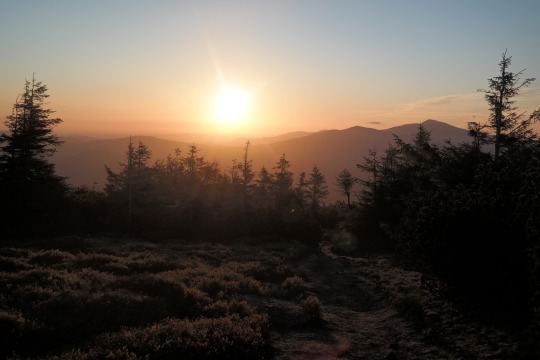
Good morning Pilsko. Beskid żywiecki. Poland. Photos by S.N.
20 notes
·
View notes
Text
Kościół św. Klemensa Papieża i Męczennika w Zawoji
Kościół św. Klemensa Papieża i Męczennika w Zawoji
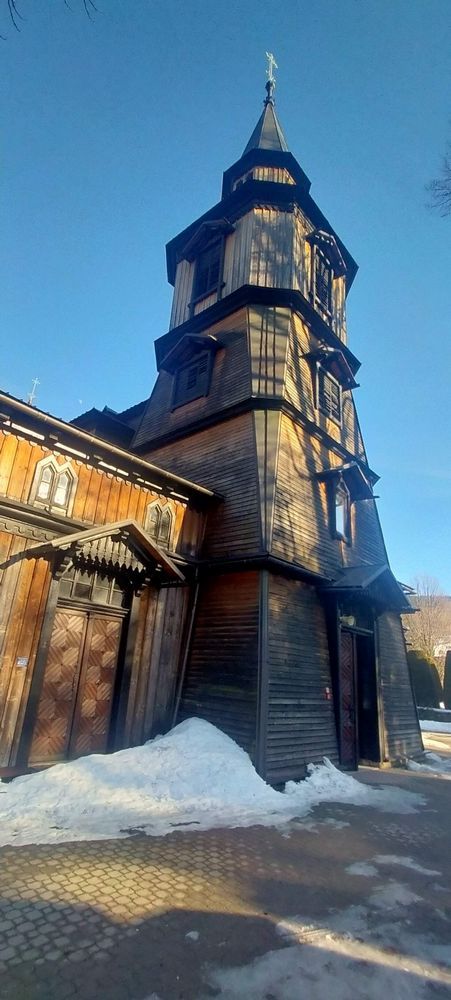
View On WordPress
#babia góra#beskid żywiecki#beskidy#drewniana polska#drewnianym szlakiem#dworzec babiogórski#górale#górale babiogórscy#góralszczyzna#jałowiec#karpaty#małopolska#pasmo jałowieckie#polica#skawica#sskansen#szlak architektury drewnianej#zawoja
2 notes
·
View notes
Text


Polica
#Landscapes#beskid żywiecki#polica#zachód słońca#Horizontal#No People#Snow#Winter#Outdoors#Photography#Nature#Sky#Cold Temperature#Landscape - Scenery#Tree#Scenics - Nature#Forest#Tranquil Scene#Tranquility#photography#nature#landscape#sky#gorgeous#outdoors#500px#Day#Travel
2 notes
·
View notes
Photo
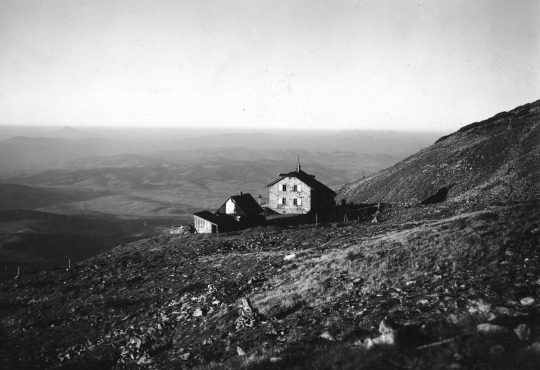
Schronisko górskie na Babiej Górze (1925).
98 notes
·
View notes
Photo

13 notes
·
View notes
